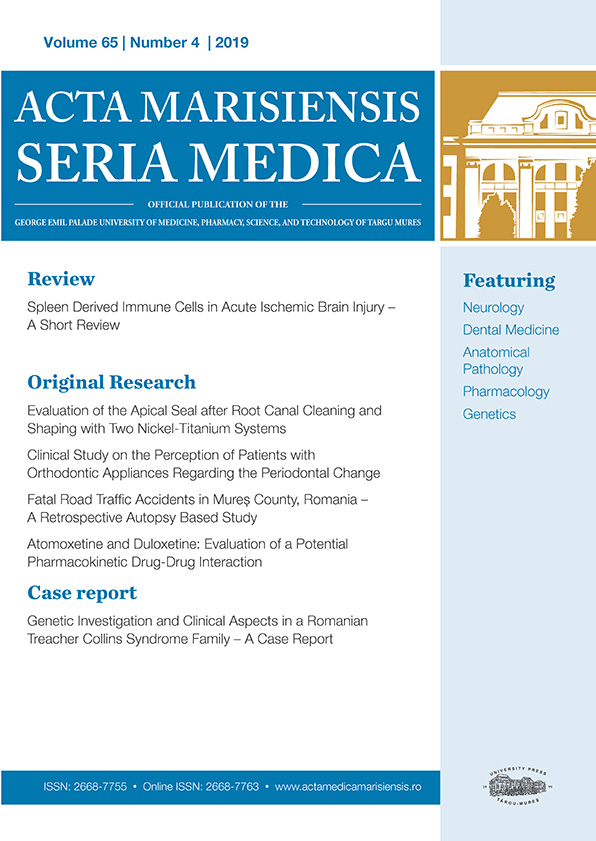Computed tomography evaluation of diaphragm alterations in 20 critically ill patients
Abstract
Objective: Diaphragmatic dysfunctions are multiple and critical illnesses often lead to the muscular atrophy that affects respiratory and peripheral muscles. The primary objective was to investigate diaphragm thickness in hospitalized patients. Secondary objectives were to assess clinical evolution and outcome. Methods: In a mean time period of 7.9 days, two different chest computed tomography were used in order to examine diaphragm alterations of right and left diaphragm in 20 critically ill patients tested Real-Time Polymerase Chain Reaction (RT-PCR) positive to Severe Acute Respiratory Syndrome Coronavirus (SARS-COV2). Patients were divided in two groups (one group <5% decrease in diaphragm thickness and another group ≥5% decrease in diaphragm thickness). Results: Results showed that patients presented low 10 years predicted survival rate (Charlson Comorbidity Index > 7.7±3.08), marked inflammatory status (C-Reactive Protein = 98.22±73.35, Interleukine-6 = 168.31±255.28), high physiologic stress level (Neutrophil/Lymphocyte Ratio = 31.27±30.45), respectively altered acid-base equilibrium. Half of the investigated patients presented decrease in diaphragm thickness, by at least 5% (right diaphragm = -7.83%±11.11%; left diaphragm = -5.57%±10.63%). There were no statistically significant differences between those with decrease of diaphragm thickness and those without diaphragm thickness, regarding length of stay (LOS) in Intensive Care Unit (ICU) and in hospital, inflammatory markers, and acid-base disorders. Conclusions: Patients were admitted in ICU for acute respiratory failure, needed ogyxentherapy and mechanical ventilation. Half of investigated patients presented diaphragm alterations when examined chest.
Copyright (c) 2022 Oana Elena Branea, AnaMaria Romina Budeanu, Răzvan Gabriel Budeanu, Adrian Ștefan Chiuzan, Ioana Lăcrămioara Nazaret, Sanda Maria Copotoiu, Alexandra Elena Lazăr

This work is licensed under a Creative Commons Attribution 4.0 International License.









